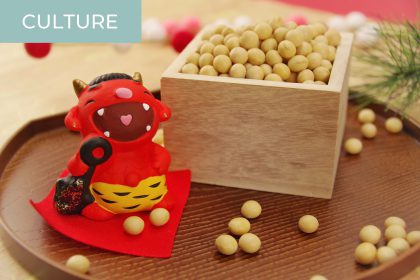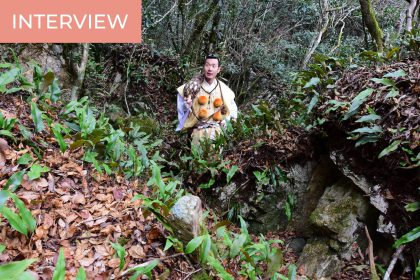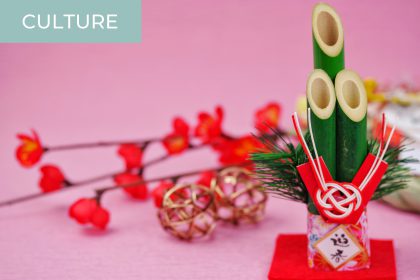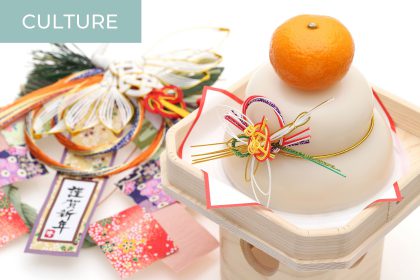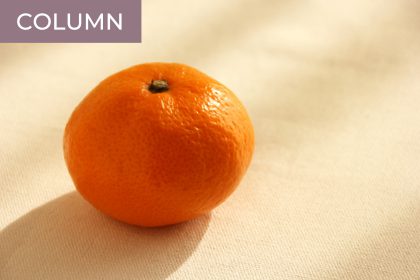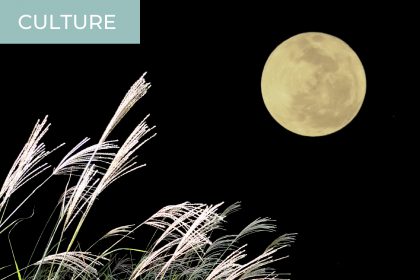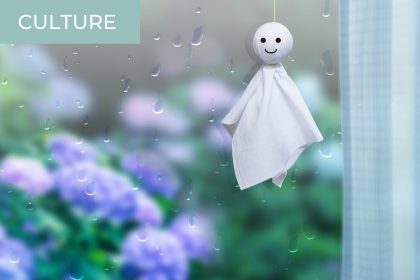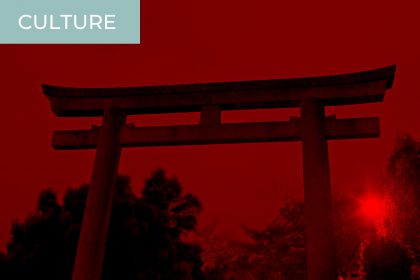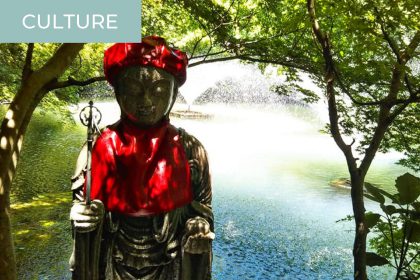The characters for setsubun in Japanese are 節分, literally meaning “season division.” This celebration traditionally takes place on February 3rd, one day before spring according to the lunar calendar. In older times, spring used to be the New Year, so setsubun can be understood as a form of ancient New Year’s Eve. To welcome the new year…
What “Hatsuyume,” the First Dream of the Year, Means for the Japanese
In Japan, hatsuyume is literally the first dream you have after December 31st and is said to predict your fortune for the coming year. Traditionally, lucky dreams involve Mt. Fuji, a hawk, and an eggplant, in that order. The combination looks a bit peculiar, but each element is a homonym for positive words in Japanese….
The Japanese Shugendo Religion, Explained
Taichi Tani is a monk in a village in Kochi Prefecture on Shikoku Island. Although Shikoku is famous for its pilgrimage and numerous Shingon Buddhism temples, Mr. Tani’s temple is outside the pilgrimage route and from another tradition: Shugendo. Shugendo is a Japanese religion mixing Buddhism, Shinto, and Taoism. Ascetic training in the mountains is a central…
The Kadomatsu Decoration, Traditional of the Japanese New Year’s Holiday
Kadomatsu is a decoration with three cut pieces of bamboo and pine for the Japanese New Year’s holiday. After Christmas, you will see this decoration at the entrances of houses and buildings in Japan. The Role of Kadomatsu Decorations Kadomatsu is the landmark for the Shinto deity Toshigami-sama to enter your home. In Japan, it is believed…
Kagami Mochi, the Japanese New Year Cake
During the New Year period in Japan, you can see kagami mochi displayed as a decoration inside houses. It is a cake usually made of two layers of round mochi (rice cake) topped with a mandarin orange. Kagami Mochi As a Symbol “Kagami” means “mirror” in Japanese, and it is often said that the shape of the mochi…
Zen and the Art of Eating: Appreciating Food through Mindfulness
Disclaimer: This article was produced in cooperation with byFood and contains affiliate links. Kokoro Media may earn a commission from purchases made via the byFood links featured throughout this article. I’m notorious for my perception of food and eating. In my youth, meals were often something that pulled me away from whatever activity or creative…
Tsukimi, the Moon Festival
Praying to the Harvest Moon As it is often depicted in Japanese pop culture, manga, anime, or video games, you may have already heard about ”tsukimi,” or more formally “otsukimi,” literally “moon viewing.” It is the most emblematic celebration in autumn, and shops often have decorations or sell items bearing the moon, rice cakes, or rabbits (more about this…
Teru Teru Bozu, the Japanese Rain Charm
Have you ever seen this doll hanging by someone’s window in Japan? You have great chances to see them during the rainy season. Japanese children (and sometimes adults, too) hang these dolls called teru teru bozu, as a charm to bring good weather. The Custom of Making a Teru Teru Bozu Imitating this very ancient…
The Japanese Ghost Story “Yotsuya Kaidan” and Its Shrine
Japan has a tradition of ghost stories dating from the Edo period and if you’ve been there before you may have heard some of them. “Yotsuya Kaidan” or the Yotsuya ghost story, a story of murder and revenge, is probably the most famous one. It has inspired numerous horror movies and nearly all Japanese are…
A Short Introduction to Jizo, a Japanese Bodhisattva
When traveling in Japan, you may see statues dressed in red cloth. They are representations of Jizo, the Buddhist divinity loved by most Japanese people! I, too, love them and would like to give you a brief introduction to their role and symbolism. The Roles of Jizo The Jizo Bodhisattva, “O-Jizo-san” in the Japanese honorific…

